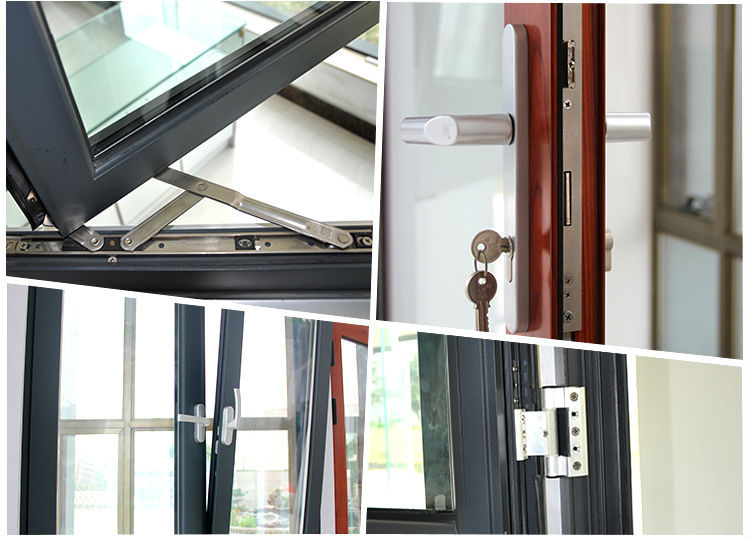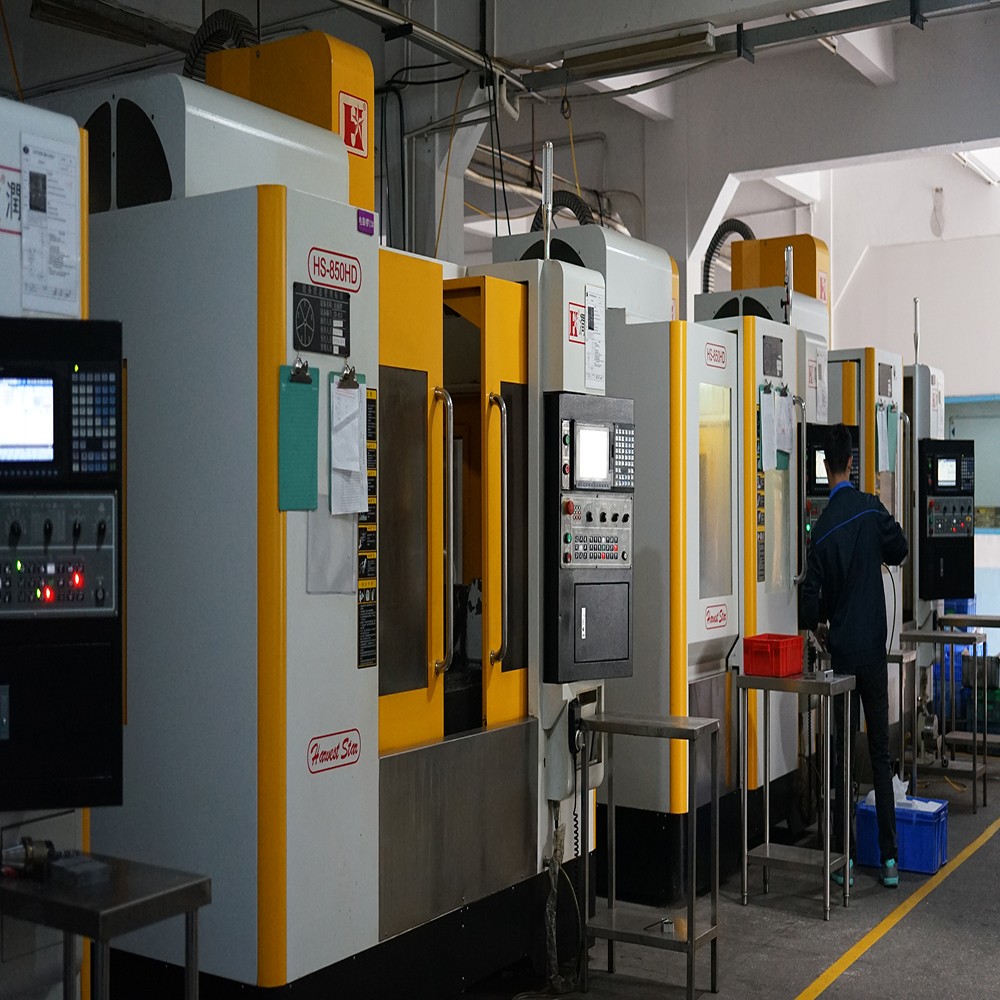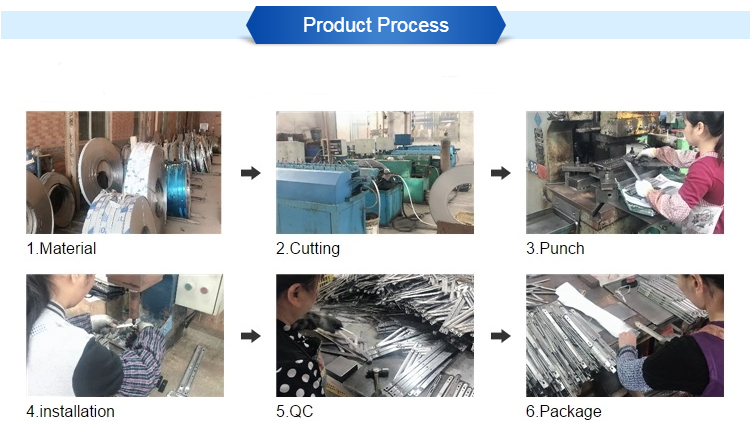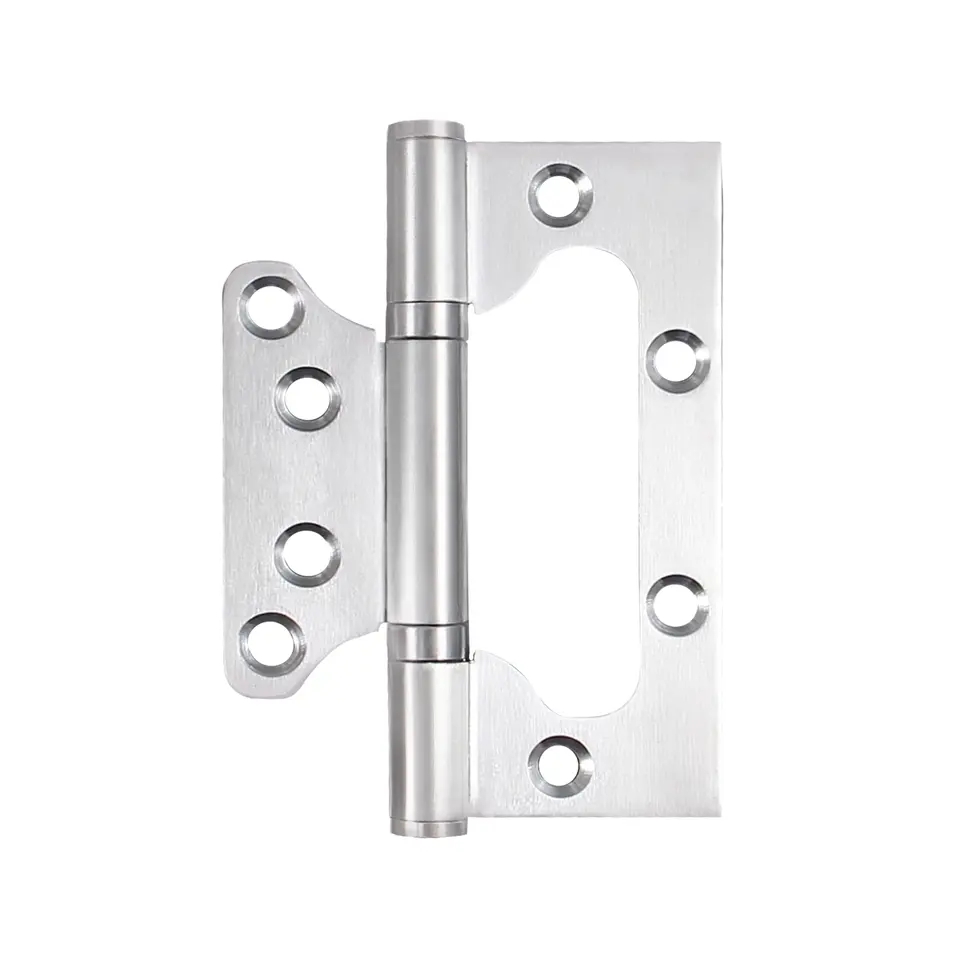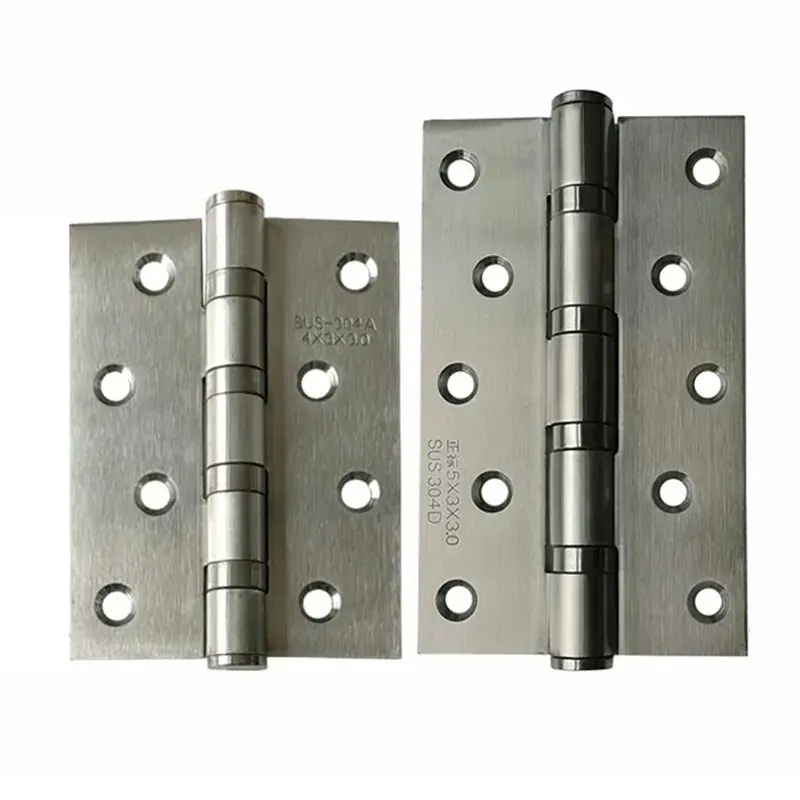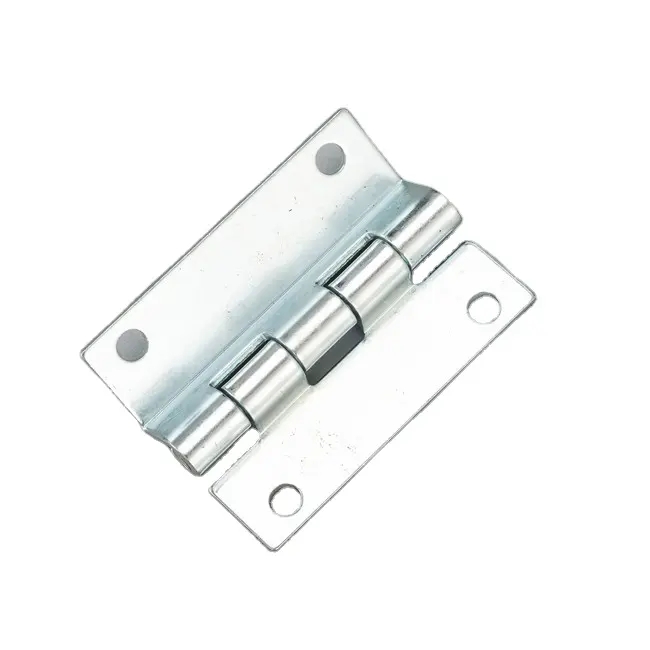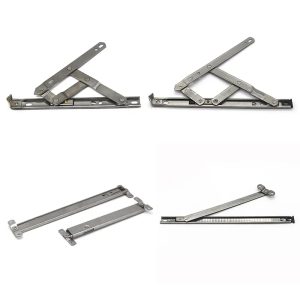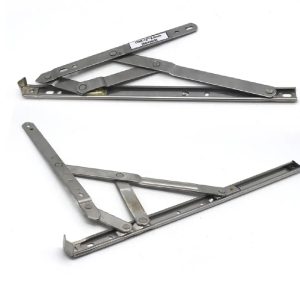Window Hinges: Enabling Artistic Movement and Practical Design in Architecture
Introduction
In the realm of architectural innovation, where buildings are transformed into canvases of human imagination, window hinges emerge as the facilitators of a delicate balance between artistic movement and practical functionality. These unassuming components play a pivotal role in shaping both the visual aesthetics and operational efficiency of architectural spaces. This article delves into the symbiotic relationship between the artistry of movement and the pragmatism of design, harmonized by window hinges.
Architectural Choreographers
Window hinges function as the choreographers of architectural movement. They determine the choreography of how windows open and close, shaping the rhythm of interaction between indoor and outdoor spaces. A hinge’s pivot sets the tone for a contemplative moment, while a sliding hinge evokes a connection with the bustling outside world, akin to a dance performance.
Design as Communicative Form
The design of window hinges serves as a communicative form that conveys the architectural narrative. Architects have the artistic license to select hinges that resonate with the design language, seamlessly blending in or standing out as artistic accents. The design of these hinges adds to the character of a building, speaking volumes about its history, modernity, or visionary outlook.
Engineering as Craftsmanship
Beneath the surface beauty lies the craftsmanship of engineering in window hinges. Engineers meticulously calculate forces, friction, and material strength to ensure the hinges operate smoothly and endure over time. This precision engineering transforms hinges into functional works of art, where form and function converge harmoniously.
Aesthetic Fusion in Motion
Window hinges contribute to the aesthetic fusion of moving spaces. Architects have the latitude to select hinges that complement the architectural style, resulting in a seamless blend of form and movement. The interplay between the hinge’s design and the overall aesthetics of the building yields spaces that are both visually captivating and practically efficient.
Balancing Tradition and Modernity
Window hinges serve as a bridge between architectural traditions and contemporary innovation. While historical reproduction hinges pay homage to architectural heritage, modern hinges incorporate cutting-edge materials and mechanisms. This juxtaposition of past and present creates a dynamic visual dialogue that encapsulates the ongoing evolution of architectural design.
Security with Finesse
Modern window hinges effortlessly integrate security measures while maintaining the elegance of design. Advanced locking systems and inconspicuous designs ensure the safety of occupants without compromising the visual integrity of the space. These hinges embody the harmonious union of security and sophistication.
Sustainable Partnerships
Window hinges contribute to sustainable design by promoting natural ventilation and energy efficiency. Architects can strategically position windows to harness natural airflow, facilitating passive cooling and reducing reliance on mechanical systems. Hinges become integral partners in creating environmentally-conscious architectural solutions.
The Glimpse of Future Ingenuity
As architecture advances, window hinges will evolve in tandem. Advancements in materials, smart technology integration, and sustainable design practices will redefine their role. Future hinges might incorporate automation, adaptability to changing conditions, and materials with reduced environmental impact, further blurring the line between aesthetics and utility.
Conclusion
Window hinges orchestrate a harmonious collaboration between artistic movement and practical design within architectural landscapes. Beyond their mechanical function, they encapsulate the essence of architectural grace and operational ingenuity. Architects, partnering with window hinges, craft spaces that transcend the confines of structural elements, inviting occupants to engage in a dance of beauty and functionality within the immersive world of architecture.
